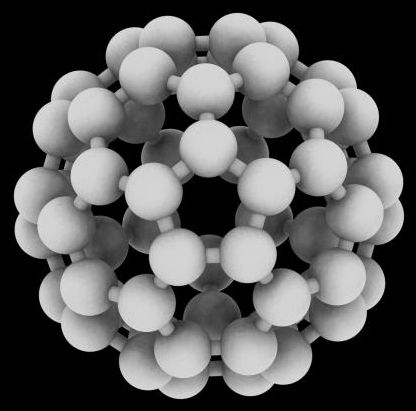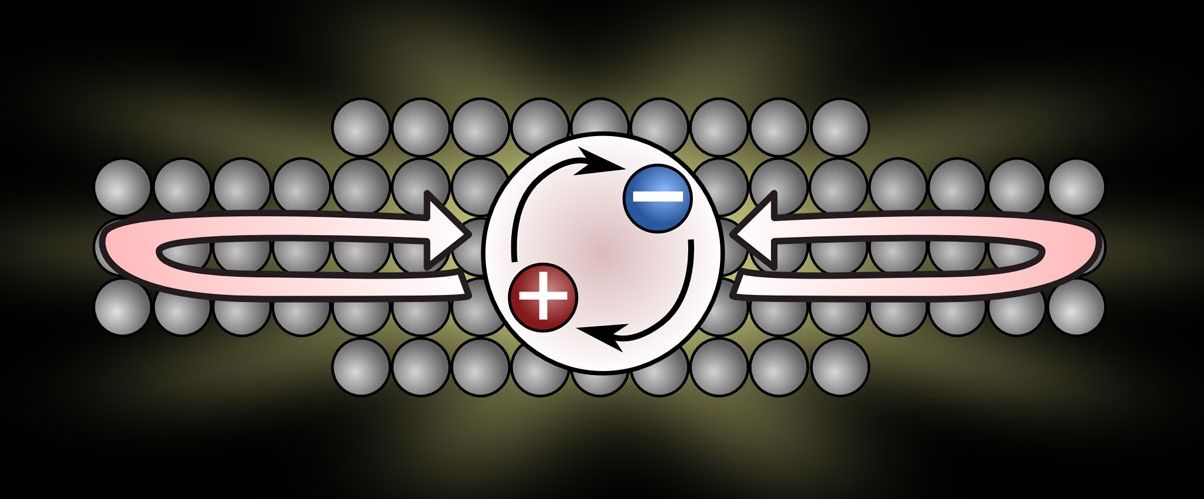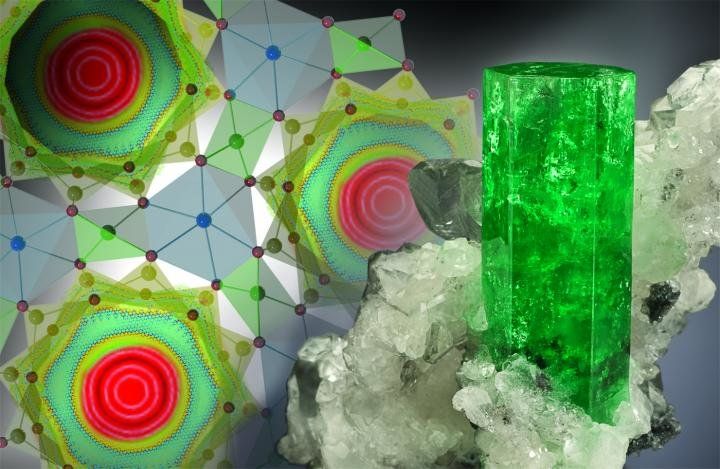Apr 26, 2016
Nanoparticles may help treat blood cancer
Posted by Karen Hurst in categories: biotech/medical, genetics, nanotechnology, particle physics
Nano-particles to treat Acute Myeloid Leukaemia.
A new therapeutic strategy for treating Acute Myeloid Leukaemia could involve using nano-particles to deliver a genetic molecule to fight the disease.
The nanoparticles carrying microRNA miR-22, (a small non-coding RNA molecule that regulates gene expression), showed therapeutic potential in mouse models of Acute Myeloid Leukemia (AML).
Continue reading “Nanoparticles may help treat blood cancer” »


















